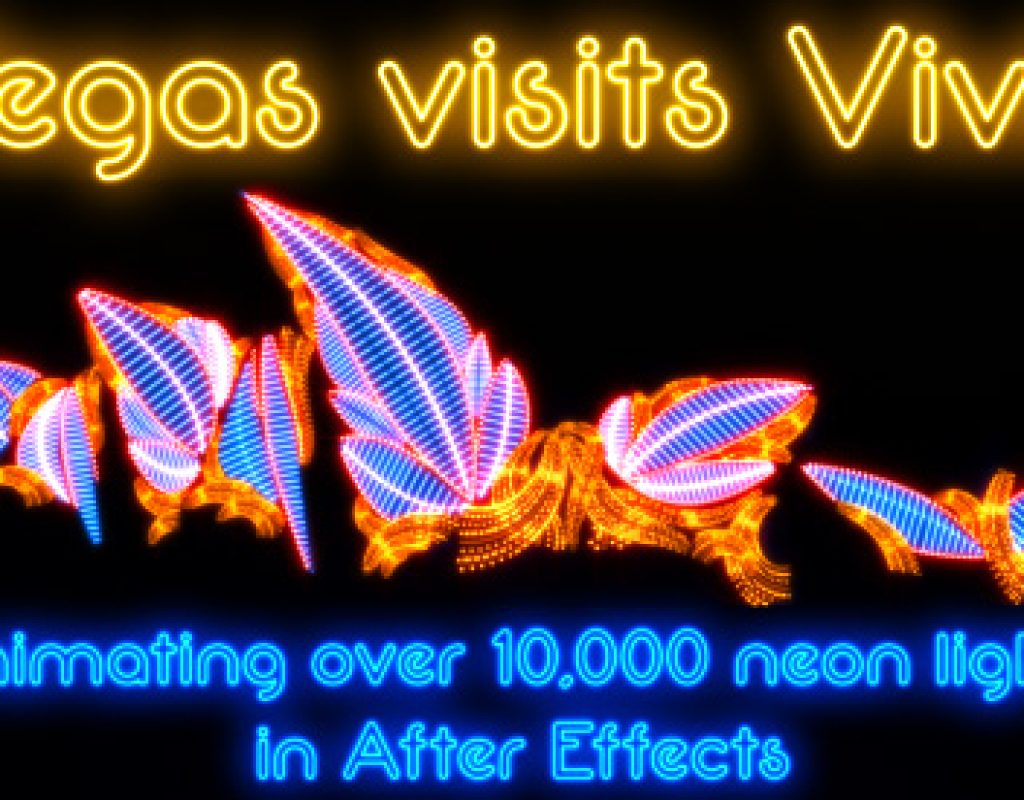Earlier this year, Sydney design company Spinifex headlined the Vivid Festival with a striking building projection on the iconic Sydney Opera House. Attracting huge crowds and critical acclaim, the fifteen minute sequence was comprised of a number of distinctly themed sections, designed by Jonny Old and overseen by Spinifex Creative Director Richard Lindsay.
The final, full-length projection can be seen here.
This two part video presentation examines the neon light section, which saw the Sydney Opera House covered in Vegas-style flashing lights created with After Effects CS6. The video discusses all aspects of production – from initial storyboards through to final delivery. The main challenge was to balance the technical limitations of wrangling over 10,000 individual neon lights with the need for creative input, resulting in an After Effects project that simplified the process of animating colour and movement and making changes easy to accommodate.
This detailed presentation explains the techniques used to create the animations in After Effects, as well as the rationale for each step and demonstrates how the project and workflow evolved over time. This is a genuine, real-life example of the creative process with a deliberate emphasis on WHY everything was done the way it was.
In part 1, we begin with an introduction to the project and look at the initial storyboards, and finish with the animation of the many strips of running lights.
In part 2, we begin work on the neon lights themselves – looking at the challenges faced by trying to wrangle over 10,000 individual lights – and take the project through to completion.
(for best results click ‘full screen’)
I mention two After Effects gurus who were invaluable in making this project possible. Firstly, Christopher Green provided a freely available separate-mask-to-layers script which gave me confidence that the concept was feasible, and provided the basis for the script I eventually used. Secondly, David van Brink provides a set of freely available plugins called ‘Omino’, which includes the ‘snake’ plugin that I found incredibly useful.
The script used to copy the masks to individual layers is now available on aescripts.
If you’re impressed by the finished result then be sure to check out the Spinifex website.
Viewers with a keen eye may notice that the final sequence on YouTube includes a short animation of a golfer not seen in the initial storyboards. This was a homage to a well known Sydney landmark and was incorporated into the overall project at a later stage. It was animated by Joseph Webber at Spinifex.
Return to After Effects Anecdotes for more video presentations by Chris Zwar.
P.S. If you enjoyed this video then check out my older series on the ‘Centrica Carnivale’. It also follows the progress of a video from the stages of initial concept through to completion.


